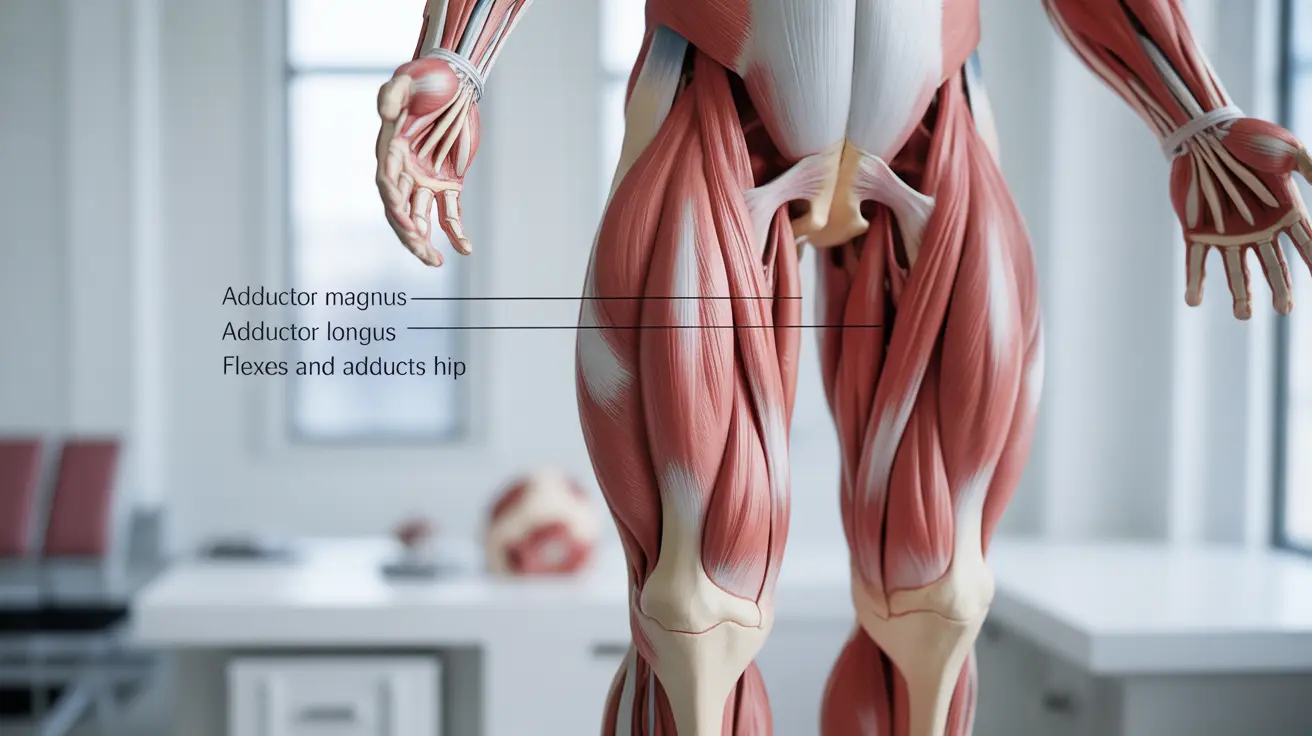Navigating mobility challenges with crutches requires more than just having the right equipment—it demands precise sizing and proper adjustment. Whether you're recovering from an injury, managing a temporary disability, or supporting a loved one, understanding how to correctly adjust and use crutches is crucial for preventing further injury and ensuring comfortable movement.
This guide will walk you through everything you need to know about selecting, sizing, and adjusting crutches to maximize your comfort and safety during the healing process.
Understanding Crutch Sizing Basics
Crutches aren't a one-size-fits-all mobility aid. They come in multiple sizes, including child, youth, adult, and tall adult configurations. The key to effective crutch use is finding the perfect fit for your body, which isn't always determined by age or standard sizing charts.
Measuring Crutch Length Accurately
To determine the right crutch size, you can use two primary methods:
- Height-based sizing using manufacturer charts
- Custom measurement from armpit to floor
For a precise custom measurement, stand upright and measure the distance from your armpit to the floor. Then, subtract 2 inches from this measurement to get your ideal crutch length. This method ensures a more personalized fit that accounts for individual body proportions.
Critical Factors in Crutch Adjustment
Proper crutch adjustment goes beyond simple height measurement. Incorrect positioning can lead to significant discomfort and potential health risks.
Height and Positioning Guidelines
When adjusting your crutches, follow these key positioning rules:
- Position the top of the crutch 1.5 to 2 inches below your armpit
- Align handgrips with the top of your hips
- Ensure a slight bend in your elbow when gripping the handles
- Distribute weight through your hands, not your armpits
Potential Risks of Improper Crutch Fit
Incorrectly sized crutches can cause:
- Unnatural walking gait
- Back, shoulder, and neck pain
- Potential nerve damage under the arms
- Increased risk of falls or further injury
Adjustment Techniques for Different Crutch Types
Metal Crutches
Metal crutches typically feature push-button mechanisms on both sides, allowing for quick and easy height adjustments. Simply press the buttons and slide the crutch to your desired height, ensuring both sides are symmetrically positioned.
Wooden Crutches
Wooden crutches require a more manual approach, usually involving bolts and nuts. You'll need to reposition both upper and lower bolts to achieve the correct height and stability.
Professional Guidance and Training
While these guidelines are helpful, nothing replaces professional instruction. A physical therapist can provide personalized training in:
- Correct crutch positioning
- Safe movement techniques
- Navigating stairs and uneven surfaces
- Proper weight distribution
Transitioning Between Mobility Aids
As you recover, you'll likely progress from two crutches to one, and eventually to a cane. When using a single crutch, place it on the side opposite your injured leg, moving it forward simultaneously with the weak leg.
Frequently Asked Questions
How do you adjust crutches to the correct height for safe use?
Measure from your armpit to the floor and subtract 2 inches. Adjust the crutch so the top is 1.5 to 2 inches below your armpit, with handgrips at hip level and a slight elbow bend.
What are the risks of using crutches that are too short or too tall?
Incorrectly sized crutches can cause an unnatural walking gait, nerve damage, back and shoulder pain, and increase the risk of falls or further injury.
What's the best way to measure crutches for a proper fit at home?
Stand upright and measure from your armpit to the floor. Subtract 2 inches from this measurement to determine your ideal crutch length. When in doubt, consult a healthcare professional.
When should I switch from two crutches to one crutch or a cane?
This transition depends on your healing progress and should be guided by a healthcare professional. Typically, it occurs gradually as your strength and stability improve.
How can a physical therapist help ensure my crutches fit correctly?
A physical therapist can provide personalized fitting, demonstrate proper usage techniques, assess your individual needs, and help you progress safely through your mobility recovery.




